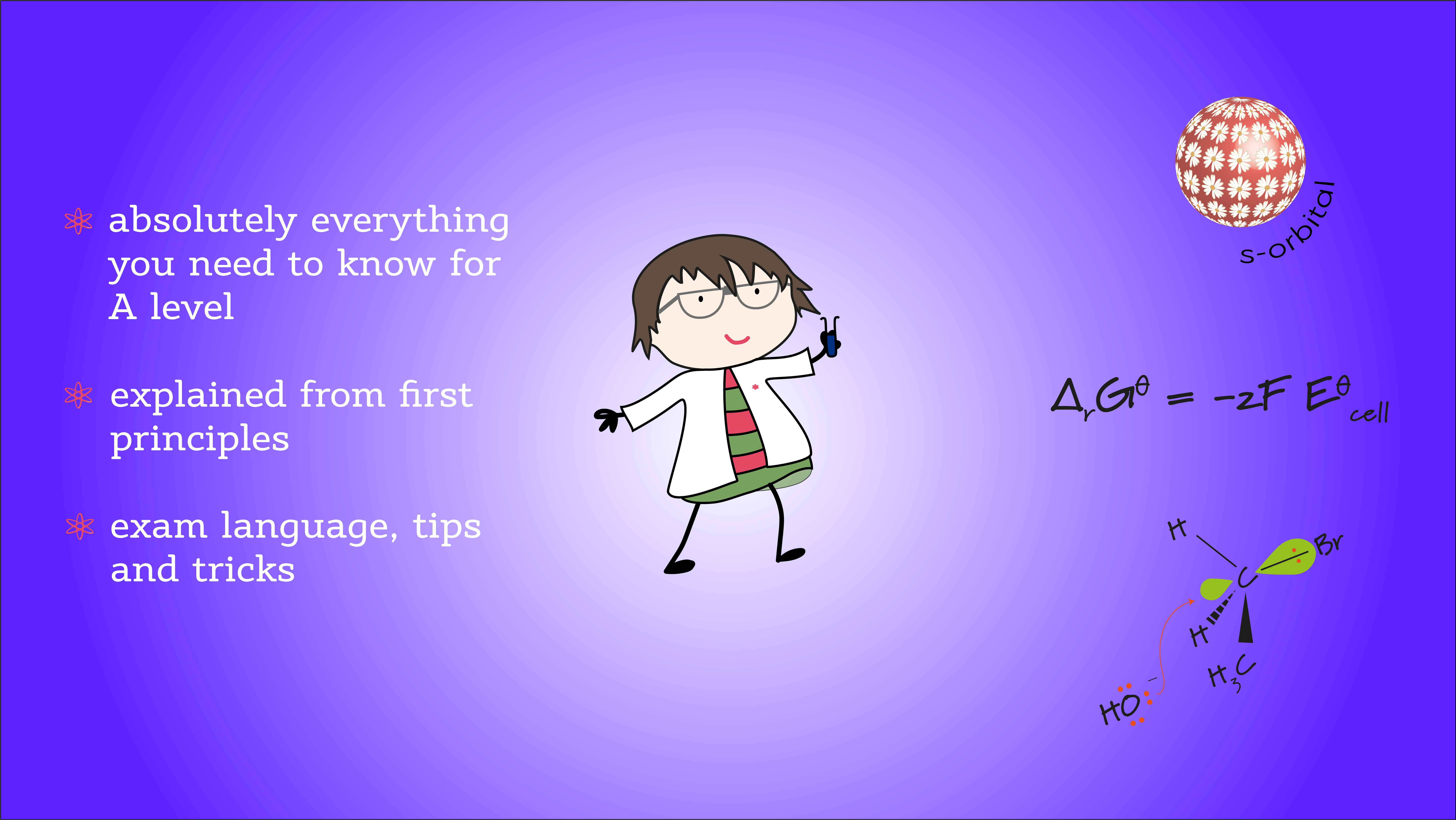Calculations for AS and A level Chemistry
Being confident in tackling different types of mole calculation is the foundation upon which much of A level chemistry stands
The ultimate A level chemistry resource

Being confident in tackling different types of mole calculation is the foundation upon which much of A level chemistry stands
This is a set of more difficult long answer exam questions that require you to use data from mass spectra,
Continue readingMixed spectra long answer exam question practice
24th NOvember 2025 Trending study hacks you should try (and a few you shouldn’t)! Powerful revision strategies and seriously effective
Petrol needs to be blended to have the right properties in terms of its volatility and to reduce its propensity
Crude oil is the raw material from which alkanes are extracted via the process of fractional distillation. There is nothing
Continue readingFractional distillation and catalytic cracking explained
Structural isomers are molecules with the same molecular formula but a different arrangement of atoms … you need to recognise
I’ve tried to simplify the rules for naming alkanes in this video – I don’t think this requires notes so
It’s always important to start at the beginning! There is so much terminology in organic chemistry, from the naming of
Continue readingAromatic, aliphatic and alicyclic hydrocarbons
Working out the shape of a molecule or a bond angle always starts with a dot and cross diagram, even
Understanding the different types of intermolecular bond is usually straight forward. Describing them in writing is not 😳. All intermolecular
Electronegativity is the power of an atom in a molecule to attract electrons toward itself – we are typically talking
More good news! The properties of diamond and graphite and silicon dioxide have’t changed! On a more serious note though,
Continue readingGiant covalent (macromolecular) networks and simple molecules
This is the second modern theory of bonding, the first being valence bond theory. In molecular orbital theory covalent bonds